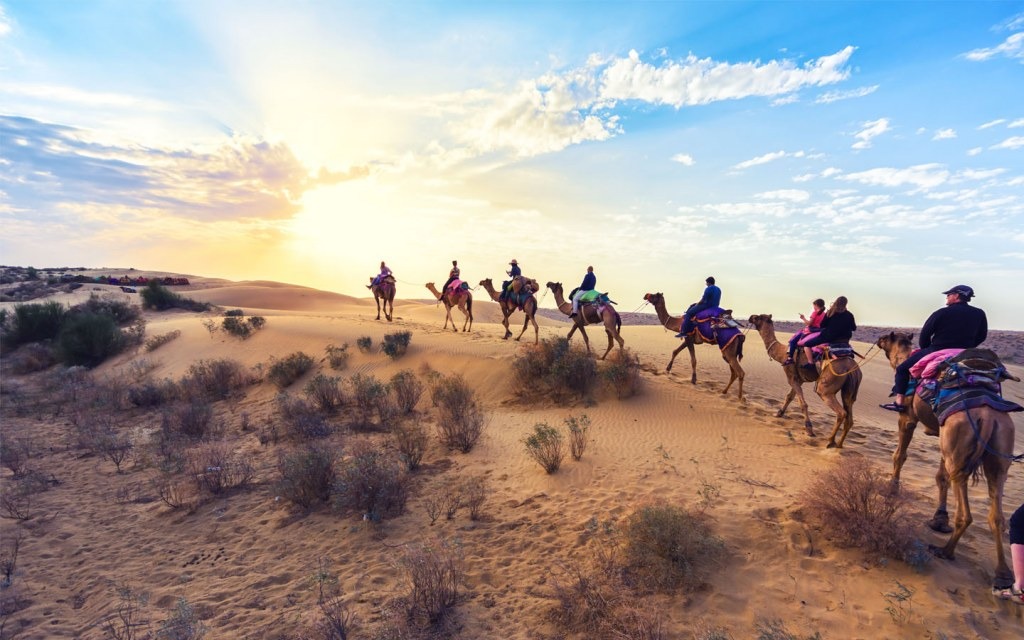ISLAMABAD: Deserts in Pakistan can turn into crop-producing fields if there is proper water management system in place to lift the inhabitants out of their misery.
The government of Punjab is planning to launch a project to provide water to the residents of the Cholistan Desert to improve their socioeconomic conditions. This project will employ the application of modern technologies to make efficient use of this scarce commodity.
Located in Southern Punjab, the Cholistan Desert covers an area of about 25, 800 square kilometres, approximately 480 kilometres in length and from 32 to 192 kilometres in width.
All over the world, desserts are turned into productive lands in multiple ways, including mining, lithium extraction from brines, cultivation, farming and the establishment of solar/wind energy farms. The same can be done in Pakistan’s case.
For the socioeconomic stability of people living in desert areas, it is important to arrange their livelihood within the boundaries of their living place. The total desert area in Pakistan is about 30,000 kilometres or 12,000 square kilometres.
Thal Desert, also in Punjab, Thar desert in Sindh, Kharan desert in Balochistan and the Katpana desert (cold desert) in Gilgit-Baltistan are other famous deserts in Pakistan.
Pakistan can take a cue from the middle eastern nations, which have turned their deserts into productive fields.
Negeb Desert, where the sun breathes down scorching rays all around the year, has been made productive and yields about 80 tonnes of agricultural produce per hectare thanks to the application of modern technology. Regular crops in Negeb are cereals (wheat, barley), figs, grapes, almonds, olives, etc.
China is another successful example of turning the Gobi Desert into a high-yielding land.
Discussing the issue of ensuring the supply of water to deserts in Pakistan, Abdul Sattar, a former deputy director of On-Farm Water Management, Punjab, told WealthPK that economic conditions of the people living in deserts could be turned for the better by ensuring uninterrupted supply of water to them. He said water found in Pakistani deserts was mostly brackish or beyond the pumping limits. He said that the government was planning to launch a project to supply canal water through pipelines to the Cholistan Desert. “This is a multi-staged project to develop a water system in the area by segregating the region into ‘equally divided kilometre strips’. ”
Abdul Sattar said the project would help ensure the provision of ample amounts of clean water to the locals. “Availability of water would enable people to make full use of their hitherto barren lands to produce crops and vegetables to meet both human and livestock needs.”
More than 81% of the desert area in Pakistan consists of sand dunes and the rest is alluvial flats and sand hummocks.
People should also be made aware of the importance of storing water in self-made pools whenever it rains. Vegetation around these pools can prevent water seepage and evaporation.
The inhabitants of deserts can also be supplied with desalinated water for growing different crops. Pyrogenic carbon (a product of incompletely burnt organic matter like soot, charcoal, black carbon, etc), mine tailings can also be used for this purpose.
Sand stabilisation can be of great help to turn deserts into fertile fields. Like China, the concept of a “great wall of trees” and use of plant paste for vegetation can also be considered. Pakistan can ask for technical assistance from China to develop its sandy lands.





